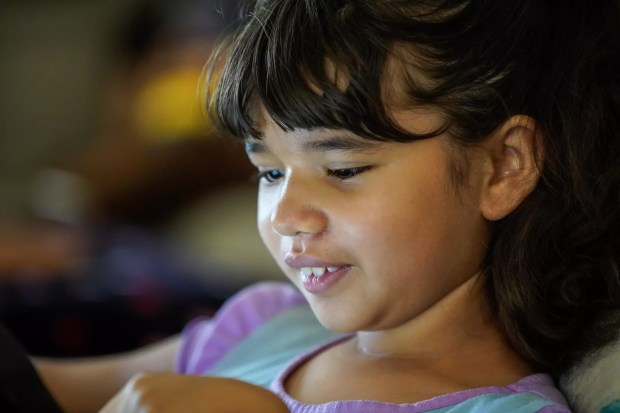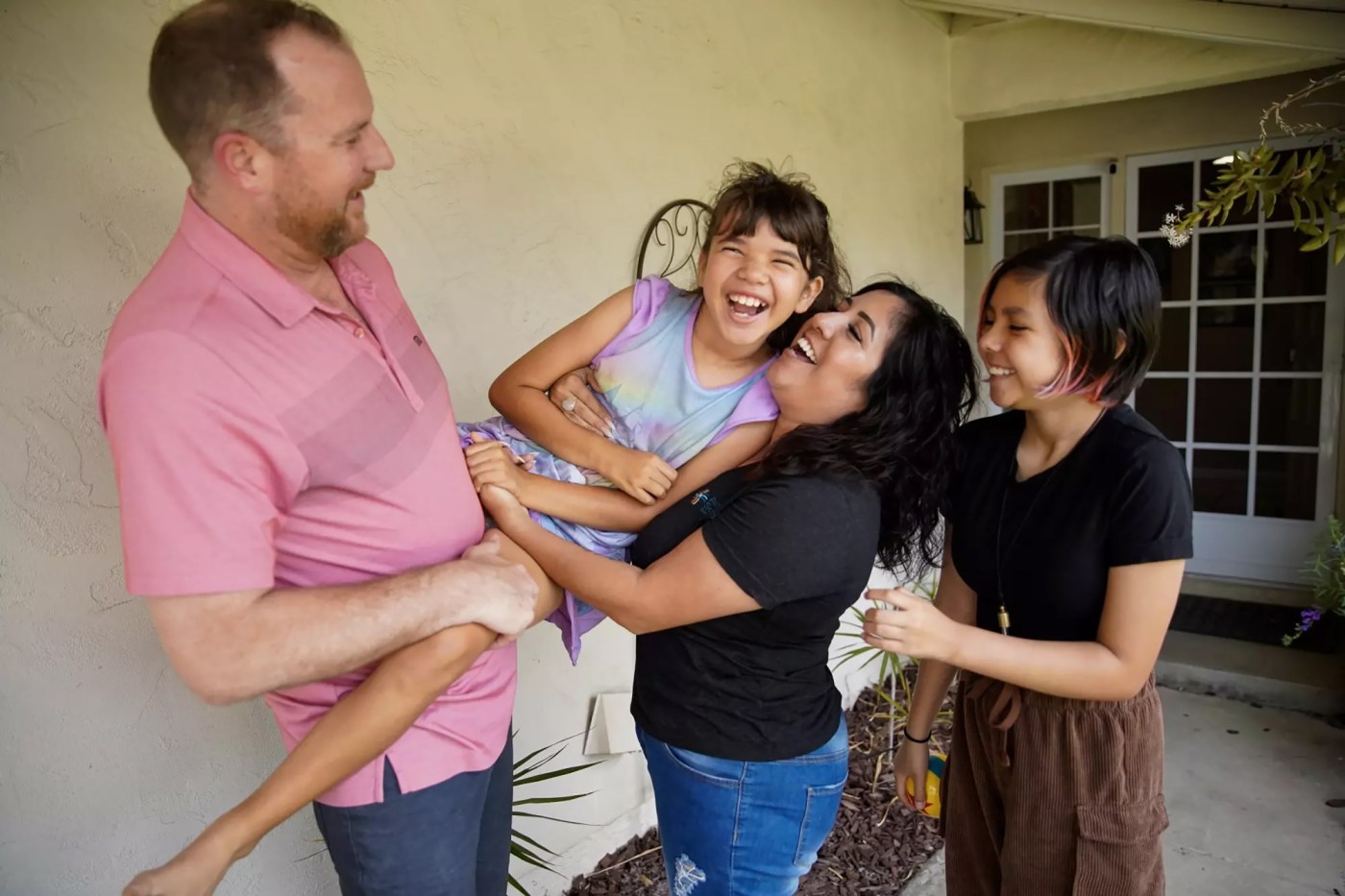In a serene household nestled amidst the picturesque town of Lakeside, California, 10-year-old Alyssa Tracy exudes joy and comfort while engrossed in her tablet. As the morning unfolds, we witness the impact of autism spectrum disorder (ASD) on Alyssa’s daily routine.

Understanding Autism Spectrum Disorder
ASD is a developmental disorder that affects communication, social interaction, and behavior. Early signs may include difficulty making or maintaining eye contact, lack of response to names, and limited gestures or play skills.
Gender Disparities in Diagnosis
Shockingly, research reveals a startling discrepancy in the diagnosis rates of autism between boys and girls.
- While 25% of boys with autism are diagnosed before age 6, only 8% of girls receive a diagnosis by that time.
- By 11 years old, about half of boys have been diagnosed, compared with 20% of girls.
- Nearly 80% of autistic women are undiagnosed at age 18.
Why the disparity?
Historically, autism research has primarily focused on boys, leading to diagnostic criteria that are more tailored to male experiences. Consequently, girls and women often exhibit symptoms that are less prominent or more easily overlooked, resulting in delayed or missed diagnoses.
Empowering Women through Self-Discovery
Jennifer Cook, a renowned author and autism advocate, shares her journey of self-discovery after being diagnosed at the age of 35, following her children’s diagnoses. She emphasizes that:
“Receiving a diagnosis can be self-affirming, yet it shouldn’t define who you are or what you’re capable of.”
Unveiling the Unique Manifestations of Autism in Girls
Research suggests that girls with autism may present symptoms differently than boys. These may include:
- Subtle social difficulties, such as preferring solitary activities or struggling with social cues
- Increased anxiety or fearfulness
- Challenges with sensory processing, such as sensitivities to noise or touch
- Limited eye contact and facial expressions
- Repetitive behaviors, such as hand flapping or spinning
Consequences of Delayed Diagnosis
A delayed diagnosis can have significant consequences for girls and women with autism.
- Missed opportunities for early intervention and support therapies
- Increased risk of mental health issues, such as depression and anxiety
- Challenges in social and educational settings
Empowering Families with Early Access to Resources
Early diagnosis is crucial for access to essential resources, including:
- Speech therapy to enhance communication skills
- Occupational therapy to foster everyday functional abilities and independence
- Behavioral therapy to manage behaviors and develop coping strategies
Navigating a Path to Support
Parents of children with autism can access a range of resources and support:
- Local regional centers that provide services and support
- Early intervention programs to ensure eligible infants and toddlers receive evaluation and support services
- Individualized Education Programs (IEPs) in school settings
- Financial assistance through In-Home Supportive Services (IHSS)
- Support groups and resources through nonprofit organizations
Through a collaborative effort, we can empower girls and women with autism by providing timely diagnosis, support, and resources, empowering them to reach their full potential and thrive in our society.
Data sourced from: dailynews.com






















